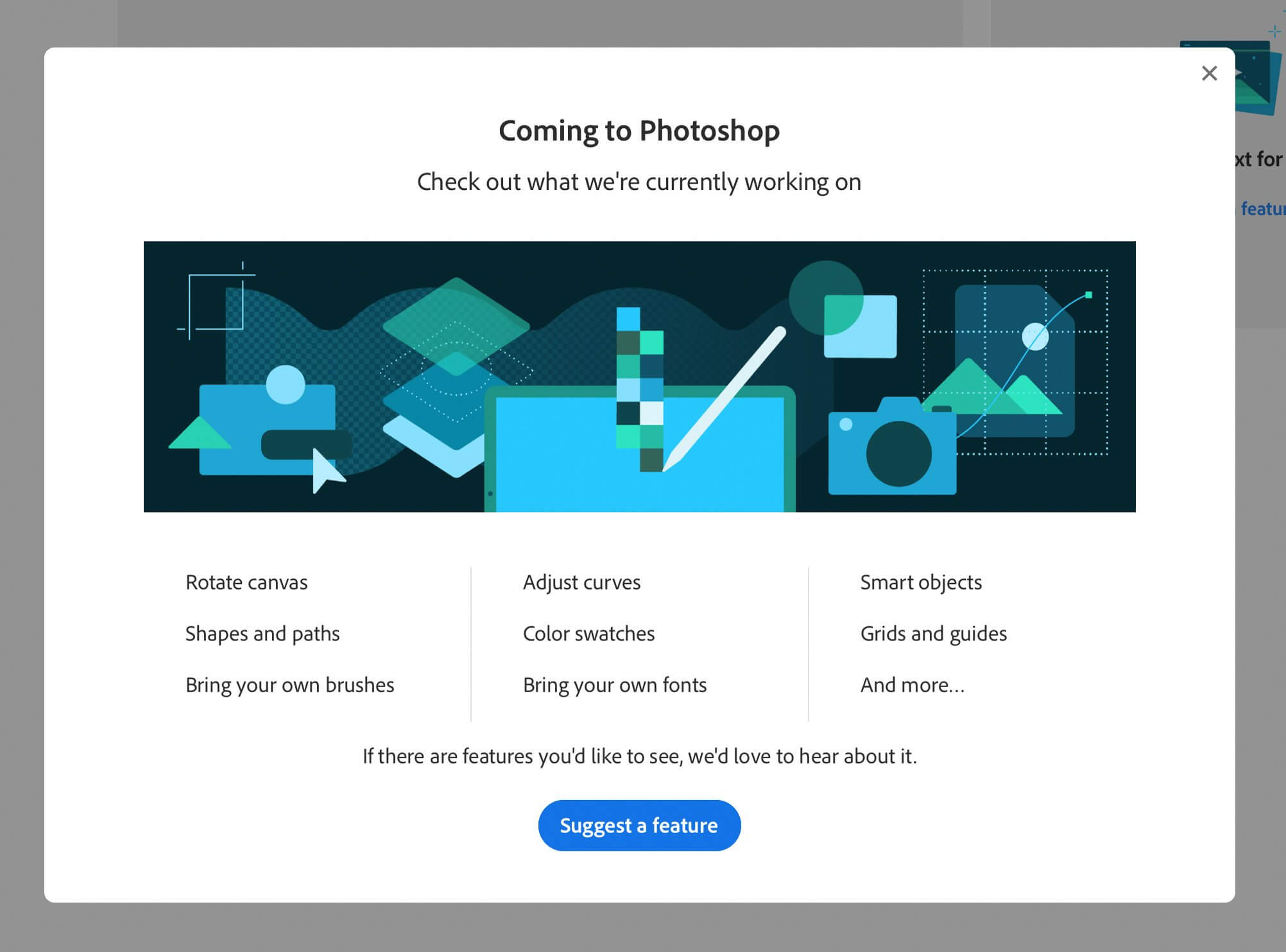What just happened? Adobe's newly released Photoshop for iPad has been battered with negative reviews, mostly for not mirroring the full Photoshop feature set available for desktop PCs. The company thinks it made the right call, but failed to communicate the fact that it's going to take a while before professionals will be able to migrate their workflows to a tablet.
Earlier this week, Adobe took the stage at its MAX Conference to announce the much-awaited Photoshop for iPad, which is the company's adaptation of the desktop app tailored for tablets.
The new app is built from the same codebase as the "real Photoshop," and has many of the most commonly-used features. However, creative professionals think it doesn't quite measure up to the hype, and slammed it with negative reviews. Photoshop for iPad sits at below 2.5 stars as of writing and in some regions like the U.K. it's as low as 1.7 stars.
While it shouldn't be a surprise that the first version of the app doesn't quite offer the same amount of functionality present in the desktop version, some people took to Twitter to express their disappointment. The overall sentiment is that Adobe overpromised and underdelivered, missing many features that are already present in other iPad apps like Procreate and Affinity Designer.
As evident from many of the tweets and reviews, a lot designers expected Adobe to perfectly mirror the desktop Photoshop experience on iPad. Instead, they were surprised to find the company delivered what can be described as a work in progress that doesn't have the ability to incorporate plugins, among many other limitations.
Following the negative reception, Adobe's chief product officer, Scott Belsky took to Twitter to defend the release. He noted the company chose to come up with a minimum viable product (MVP) and then build from there, which inevitably leads to a long journey where most people will feel the experience is too limited for their use case.
Belsky argues that keeping the app in development until it reached feature parity with software developed over three decades would have been much less productive. His point is that it's better to start with fundamentals like "perfect PSD support" and a tablet-friendly user interface before adding more advanced features.
He does, however, admit that Adobe didn't do a great job of managing everyone's expectations.
It's unlikely the company will port every feature from the desktop Photoshop to the mobile app, and some people have pointed out that Photoshop for iPad could have more success if it was marketed as a companion app. Others have suggested that asking for $10 per month for the privilege is making it a hard sell for people who would otherwise be fine with the limitations.
